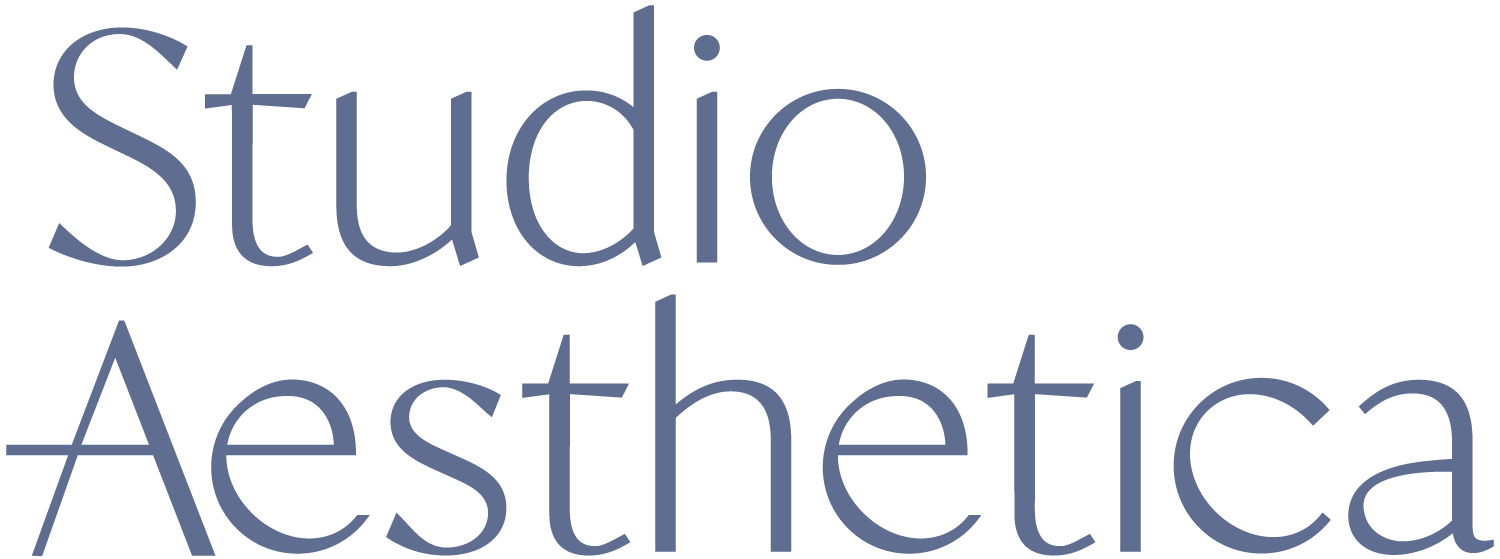
Risks & Recovery
Understand the risks and recovery associated with surgery.
Risks
Dr. David Ong prioritises your safety and strive to minimize the risks associated with cosmetic surgery. While no surgical procedure is entirely risk-free, understanding potential complications and how to mitigate them can help you make informed decisions and prepare for a smoother recovery.
Understanding Surgical Risks
All surgeries carry some risk, and cosmetic surgery is no exception. Potential complications may include internal bleeding, wound infections, and anesthesia-related issues, among others. Each cosmetic procedure also has its specific risks, which will be thoroughly discussed during your consultation.
Most complications are minor and do not significantly impact the outcome of your surgery. However, some long-term issues, like excessive scarring or implant rupture, may require additional surgical intervention.
Dr. David Ong and his team adhere to the highest standards of sterility and surgical techniques to reduce both short-term and long-term risks. If complications do arise, they will be addressed promptly and professionally.
General Risks and Complications of Cosmetic Surgery
Here are some common risks that can occur across various cosmetic surgery procedures:
Wound Infection
What It Is: A wound infection occurs when bacteria enter the surgical site, potentially causing damage to the skin and underlying tissues.
Symptoms: Redness, increased pain, non-healing wounds, and pus formation.
Prevention & Treatment: Dr. Ong’s team follows strict sterility protocols during surgery. If an infection occurs, it is treated with antibiotics, and in some cases, surgical debridement may be necessary.
Seroma Formation – Internal Fluid Collection
What It Is: A seroma is a collection of fluid that can accumulate under the skin after surgery, often resulting from damage to lymphatic vessels.
Symptoms: Increased pain, a feeling of pressure, a bump under the surgical site, and clear fluid drainage.
Treatment: Seromas are typically managed by draining the fluid with a syringe. In some cases, a return to the operating room may be required.
Hematoma – Internal Blood Collection
What It Is: Hematomas occur when blood collects within the wound, presenting symptoms similar to seromas, but with the presence of blood.
Treatment: Like seromas, hematomas are usually managed by draining the blood. Most hematomas resolve without further intervention.
Wound Dehiscence or Wound Breakdown
What It Is: Wound dehiscence occurs when a surgical wound fails to close properly, sometimes due to infection.
Prevention & Treatment: Prompt treatment includes wound debridement, antibiotics, and re-suturing. Avoiding strenuous activities during recovery can help prevent this complication.
Risks of Anesthesia
What It Is: Although rare, complications from general anesthesia can occur, including allergic reactions, trauma during intubation, and cardiovascular issues.
Safety Measures: An experienced anesthetist will be present throughout your procedure to monitor vital signs and manage any complications that arise.
Blood Clot Formation
What It Is: Blood clots, particularly deep vein thrombosis (DVT), can develop after surgery, especially with extended bed rest.
Symptoms: Leg pain, swelling, warmth, and redness.
Prevention & Treatment: Early mobilization, compression stockings, and sometimes blood-thinning medications are recommended to prevent and treat blood clots.
Excessive Scarring or Keloid Scars
What It Is: Abnormal wound healing can lead to excessive or keloid scarring, which may be aesthetically displeasing.
Treatment: In rare cases, scar revision surgery or steroid injections may be necessary.
Specific Risks and Complications – associated with Cosmetic Surgery Procedures
In addition to the general risks of anesthesia and surgery, each type of cosmetic surgery procedure carries its own specific risks. Understanding these risks will help you make an informed decision and take the necessary precautions to minimise complications.
Risks of Body Lift Procedures
Body lift surgeries, such as abdominoplasty, are extensive procedures that involve the removal of significant amounts of tissue and skin. These procedures are generally safe, but there is a specific risk you should be aware of:
Loss of Sensation: Some patients may experience a loss of touch sensation in the area where the lift was performed. This sensation loss can be temporary, but in some cases, it may be permanent.
Risks of Liposuction Procedures
Liposuction is a popular procedure that removes fat from under the skin using a thin, metallic catheter. While generally safe, liposuction does come with a rare but serious risk:
Internal Organ Injury: During the procedure, the metallic catheter is moved beneath the skin to target fat deposits. In extremely rare cases, this catheter may come into contact with an internal organ, such as the liver, leading to serious complications. Quick medical intervention is crucial if this occurs.
Risks of Breast Surgery
Breast surgery, including breast augmentation, breast lift (mastopexy), breast reduction, and implant procedures, carries specific risks, particularly over the long term:
Capsular Contracture: This is the most common complication of breast implants, where a tough scar capsule forms around the implant, causing breast deformity, pain, and asymmetry.
Implant Malrotation or Malposition: The implant may rotate or shift from its original position, leading to breast deformity and unevenness.
Implant Rupture: Breast implants can rupture, resulting in asymmetric breasts and deflation on the affected side.
Loss of Sensation: Nerve injury during breast surgery may lead to temporary or permanent loss of sensation in the nipple or a patch of breast skin.
Inability to Breastfeed: Damage to the milk ducts during surgery can result in an inability to breastfeed. This risk should be discussed with your before the procedure.
BIA-ALCL (Breast Implant-Associated Anaplastic Large Cell Lymphoma): This rare cancer is associated with textured implants and typically presents as a seroma. Treatment usually involves removing the implant and possibly performing an en bloc capsulectomy.
Breast Implant Illness (BII): A newly recognized condition with non-specific symptoms like fatigue, joint pain, and cognitive issues, potentially linked to chronic low-grade inflammation around the implant. The only treatment is implant removal.
Pneumothorax: This is an intraoperative complication where the lung is accidentally injured, leading to air leaking into the chest cavity. This can occur during procedures like en bloc capsulectomy or other breast surgeries.
If you notice any unusual symptoms or suspect a problem with your breast implants, contact your immediately. Many of these complications can be managed with revision surgery.
Risks of Facial Surgery
Facial surgeries, including Blepharoplasty (eyelid surgery), carry their own set of risks.
Risks of Blepharoplasty (eyelid surgery):
Inability to Fully Close the Eyes: Overcorrection during eyelid surgery can prevent the eyes from closing completely, leading to dryness and irritation.
Overexposure of Conjunctiva: Tightening the eyelid too much may expose the inner red part of the eye (conjunctiva).
Asymmetric Eyes: Uneven reshaping of the eyelids can result in asymmetry between the eyes.
Problems with Eye Movement: Rarely, damage to the eye muscles during surgery can lead to movement issues.
Vision Problems: Direct trauma to the eye or nerve damage, though rare, can result in vision impairment.
Risks of Facelift (Rhytidectomy):
Facial Nerve Injury: The facial nerve, which controls facial expressions, can be damaged during a facelift, potentially leading to facial muscle weakness or asymmetry. This is a rare complication but can have significant effects.
Each of these risks, while rare, underscores the importance of choosing a highly skilled and experienced cosmetic like Dr. David Ong. During your consultation, Dr. Ong will discuss these risks in detail, answer your questions, and help you weigh the benefits and potential complications of your chosen procedure.
How to Reduce the Risks of Cosmetic Surgery Complications
While complications from cosmetic surgery are uncommon, there are several steps you can take to minimize your risk:
Choose an Experienced Cosmetic Surgery Practitioner: The expertise of your practitioner is the most critical factor in preventing complications. Experienced practitioners are meticulous, have refined techniques to reduce risks, and are well-prepared to handle any issues that arise.
Respect Your Recovery Timeline: Follow your practitioner’s recommendations for rest and gradually increase physical activity. Avoid strenuous activities until you are fully healed to prevent complications.
Avoid Smoking, Vaping, and Recreational Drugs: Smoking impairs wound healing and can lead to serious complications like tissue necrosis. It’s essential to stop smoking at least four weeks before and after surgery.
Follow Aftercare Instructions: Adhering to your practitioner’s aftercare guidelines for wound care, sleeping positions, diet, and medication is crucial to minimizing risks.
Wear Your Compression Garment: Compression garments help prevent complications like seroma, hematoma, and swelling, and they support tissue healing. Wear them as directed.
Move Gently and Start Walking: Early movement, like gentle walking, helps prevent blood clots and promotes better circulation, which aids in healing.
Avoid Stress and Strain Too Early: Give your body time to heal by avoiding overexertion at home, work, or the gym. Even if you feel good, your body may still be healing internally.
Limit Alcohol Intake: Alcohol can slow the healing process, so it’s best to minimize consumption during your recovery.
Recovery
Your recovery process is critical to achieving the best possible outcomes from your surgery. Dr David Ong and his team will provide detailed instructions to help you avoid complications and ensure a smooth recovery.
Tips for a Successful Recovery
Effective Wound Care: Follow all wound care instructions carefully to prevent infection.
Wear Support Garments: These help reduce swelling and support healing tissues.
Rest & Sleep: Allow your body the time it needs to heal.
Gentle Exercise: Engage in light activities as advised to promote circulation.
Good Nutrition: A balanced diet supports optimal healing.
Prepare Ahead: Arrange your recovery needs and support system before your surgery.
What to Avoid During Recovery
Smoking or Vaping: Nicotine can significantly delay healing.
Poor Nutrition: A lack of essential nutrients can hinder recovery.
Excessive Straining: Avoid heavy lifting or strenuous activities until fully healed.
Early Exercise: Rushing back to physical activity can cause wound complications.
Non-Sterile Bandage Changes: Always follow sterile procedures to prevent infection.
For further information and to discuss any concerns, please reach out to Dr. David Ong and his team. Your health and safety is always our top priority.
What can you do next?
Speak With Our Team
Dr. David Ong and his team take pride in utilising the most advanced and appropriate techniques for all their patients, starting with your very first consultation
Fill out our enquiry form or call Dr Ong’s team at 0413 000 228 to begin your journey
Always Do Your Research
Browse our FAQs page to get answers to common questions
Book your first consultation with Dr Ong
Consultation Details
Referral Needed: You will need a referral from your GP
Booking: Phone our team, book online, or email us to schedule your consultation
Prepare for Your Consultation
Bring a friend or relative to help you discuss and understand the information
Take plenty of notes and review all documents provided
Dress in simple, comfortable clothes and remove necklaces
Remember to bring your GP referral and any relevant test results.

Book An Appointment
Email, call or use the button below to book an appointment.
We can’t wait to welcome you to our Studio.



